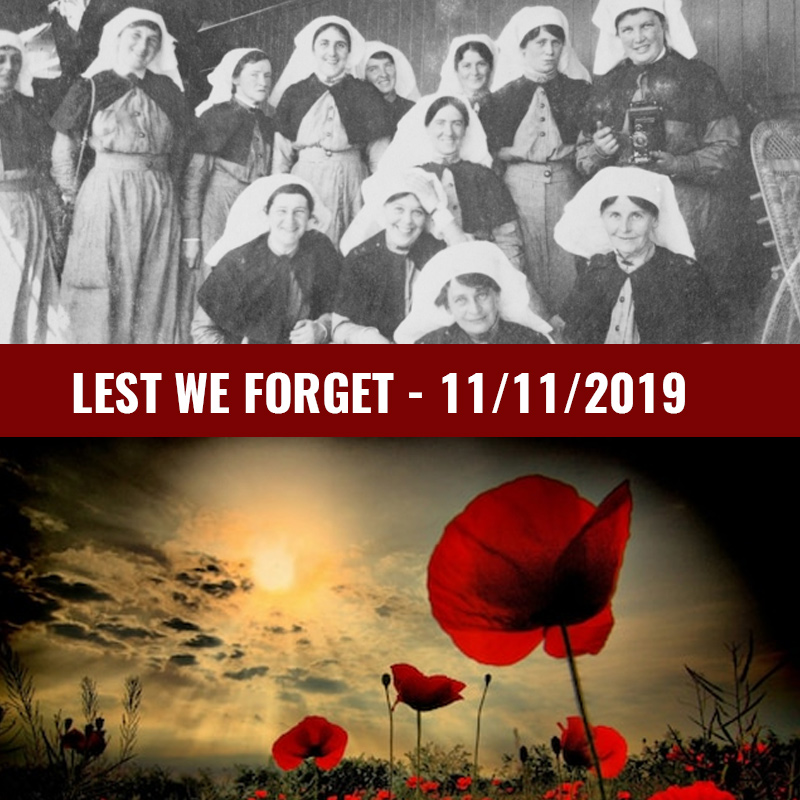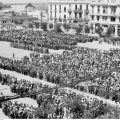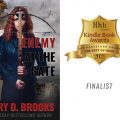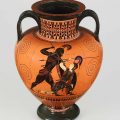Nov 4, 2019
The years are quickly slipping away and the stories of courage, bravery and the best of humanity will be part of history when the heroes of World War II pass away. The Times of Israel features one such hero, 92 year old Melpomeni Dina from Thessaloniki who saved so many Jewish lives. I’m just finishing writing Enemy at the Gate and it’s a reminder that a real life Zoe Lambros risked her life to save others. Thank you Melpomeni Dina and your family for finding the courage to do what you did. Heroes walk among us who truly deserve to be called Heroes.
The last reunion? In Jerusalem, Greek WWII rescuer, 92, meets the Jews she saved
‘Now I can die quietly,’ says Melpomeni Dina, as she unites with the dozens of descendants of the Mordechai family, in what may be the last-ever meeting of its kind
AP — One by one, the 40 descendants of a group of Israeli siblings leaned down and hugged the elderly Greek woman to whom they owe their very existence, as she sat in her wheelchair and wiped away tears streaking down her wrinkled face.
Clutching the hands of those she hid, fed and protected as a teenager more than 75 years ago, 92-year-old Melpomeni Dina said she could now “die quietly.”
Sunday’s emotional encounter in Jerusalem was the first time Dina had met the offspring of the Mordechai family she helped save during the Holocaust. Once a regular ritual at Israel’s Yad Vashem Holocaust memorial, such gatherings are rapidly dwindling due to the advanced ages of both survivors and rescuers and may not happen again. The soon-to-be-extinct reunion is the latest reminder for Holocaust commemorators preparing for a post-survivor world.
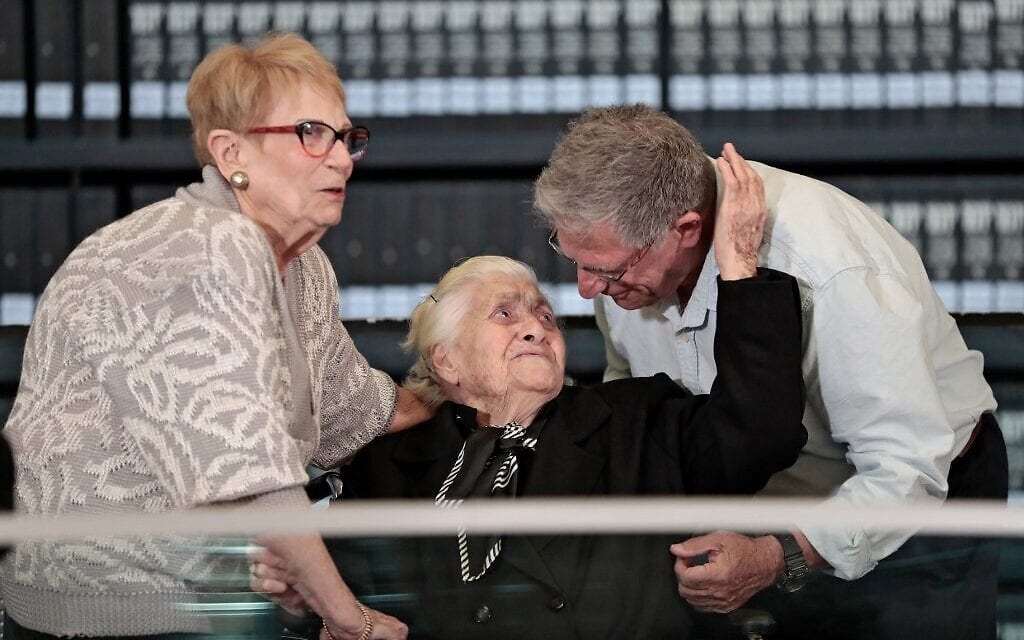
Greek World War II rescuer Melpomeni Dina (C) reacts as she is reunited with holocaust survivors Yossi Mor (R) and his sister Sarah Yanai, whom she helped escape in 1943, at the Hall of Names at the Yad Vashem Holocaust Memorial museum in Jerusalem on November 3, 2019. (Photo by Emmanuel DUNAND / AFP)
“The risk they took upon themselves to take in an entire family, knowing that it put them and everyone around them in danger,” said Sarah Yanai, today 86, who was the oldest of the five siblings Dina and others sheltered. “Look at all these around us. We are now a very large and happy family and it is all thanks to them saving us.”
About six million European Jews were killed by German Nazis and their collaborators during World War II. More than 27,000 people, including some 355 from Greece, have been recognized as “Righteous Among the Nations,” Israel’s highest honor to those non-Jews who risked their lives to save Jews during the Holocaust.
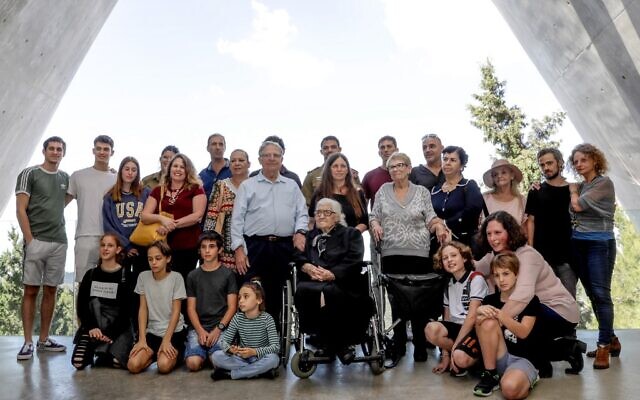
Greek World War II rescuer Melpomeni Dina (C) poses for a group photo with holocaust survivors Yossi Mor (C-L) and his sister Sarah Yanai (C-R), whom she helped escape in 1943, along with their descendants at the Hall of Names at the Yad Vashem Holocaust Memorial museum in Jerusalem on November 3, 2019. (Photo by Emmanuel DUNAND / AFP)
The most famous cases are Oskar Schindler, whose efforts to save more than 1,000 Jews were documented in Steven Spielberg’s 1993 film “Schindler’s List,” and Raoul Wallenberg, a Swedish diplomat who is credited for having saved at least 20,000 Jews before mysteriously disappearing.
The names of those honored for refusing to be indifferent to the genocide are engraved along an avenue of trees at the Jerusalem memorial. Only a few hundred are believed to still be alive.
“This is probably going to be our last reunion, because of age and frailty,” said Stanlee Stahl, the executive vice president of the Jewish Foundation for the Righteous, which sponsored the event and which provides $1 million a year in monthly stipends to those recognized.
She said her organization has been doing such reunions every year since 1992, but this one was likely the last of its kind and therefore particularly emotional. Similar reunions sponsored by Yad Vashem of long-lost siblings or other relatives also are coming to an end.
“Either the survivor has passed on, the righteous has passed on or in some instances either the survivor or the righteous gentile is unable to travel,” she said, choking up. “You see the survivors, their children, their grandchildren, you see the future. To me it is very, very, very special. In a way, a door closes, one opens. The door is closing ever so slowly on the reunions.”
The Mordechai family lived in Veria, Greece, near Thessaloniki, where nearly the entire Jewish community was annihilated within a few months, in one of the most brutal executions by the Nazis.
When the Nazis began rounding up the Jews for deportation in early 1943, the family’s non-Jewish friends provided them with fake identity cards and hid them in the attic of the old abandoned Turkish mosque. They were there for almost a year, hearing the screams outside of other Jews being rounded up. But, eventually, they had to leave because their health was declining in the cramped, unventilated attic.
That is when Dina and her two older sisters took the family of seven into their own single-room home on the outskirts of the city, sharing with them their meager food rations. One of the children, a 6-year-old boy named Shmuel, became gravely ill and had to be taken to a hospital, despite the risk of exposing his identity. He died there.
Shortly after that, the family was informed upon, and Dina’s sisters and their relatives helped them flee in various directions.
Yanai, the oldest, headed for the woods; another went to the mountains; and the mother headed out on foot with her youngest two surviving children, in search of another hiding spot. Dina and her orphaned and impoverished sisters provided them with clothing before their departure. The family reunited after liberation and made its way to Israel, where the children built families of their own.
Yossi Mor, today 77, was just an infant when his family was taken in, but he said he could still remember a few things, such as when his older brother died and the kindness they encountered from their rescuers — who gave them various forms of refuge for nearly two years.
“They fed us, they gave us medicine, they gave us the protection, everything, they washed our clothes,” he said, before gesturing toward Dina. “She loved me very much.”
Mor and Yanai had gotten together with Dina in Greece years ago. But the younger generation of their extended family, which included grade-school children in pigtails and soldiers in uniform, had never met her before Sunday’s ceremony. The two soldiers proudly pushed Dina and Yanai throughout the complex in their wheelchairs.
A special committee, chaired by a retired Supreme Court Justice, is responsible for vetting every case of “Righteous Among the Nations,” before awarding the title. Following a lengthy process, between 400 and 500 are typically recognized a year and the process will continue and new stories come to light, even for those awarded posthumously, said Joel Zisenwise, the director of the department at Yad Vashem.
“What we see here is moving in the sense that we have evidence of an ongoing relationship of the rescuers with the survivors and the descendants. It is an ongoing form of paying tribute,” he said. “It definitely is moving to see these families coming together knowing that they may indeed be one of the last meetings.”
Originally posted on:
https://www.timesofisrael.com/in-jerusalem-greek-wwii-rescuer-92-reunites-with-jews-she-saved
Jan 4, 2019
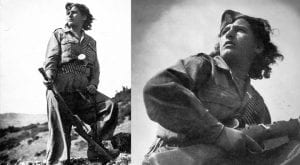 The real life Zoe Lambros passes away aged 90. I’ve been reading about Titika’s heroics for many years. Truly a courageous woman who served her country in the ELAS resistance group, rose up the ranked at age 16.
The real life Zoe Lambros passes away aged 90. I’ve been reading about Titika’s heroics for many years. Truly a courageous woman who served her country in the ELAS resistance group, rose up the ranked at age 16.
I’m just catching up with this news. The LEGENDARY Greek Resistance heroine Titika Panagiotidou – passed away aged 90 in October 2018. She was 16 YEARS OLD during the war and fighting with the Resistance.
You can read this awesome interview (do an automatic translate b/c it’s in Greek
News of her passing (also in Greek, English below)
The legendary rebel Titika Panagiotidou died
Its shape from the front line of the front was embossed in a stamp
Full day, namely at the age of 90, rebel Eleni (Titica) Panagiotidou left life, a symbol, a great and historical form of the National Resistance.
She was known as Titica Panagiotidou or Tito and was one of the 30 women who ranked in the 9th ELAS Division in Pentalofos Kozani despite the fact that she was not even 16 years old.
The President of the House expressed his emotion about the death of the legendary rebel.
He expressed his excitement and condolences for the death of Eleni Panagiotidou-Gelti, the emblematic form of the National Resistance, expressed by the President of the House Mr. Nikos Voutsis with the following statement:
“We are fond of a historical form of the National Resistance, Eleni Panagiotidou-Gelti, a pioneer woman, a fighter in the battlefields and social struggles.
Prior to completing his 16th birthday, he was elected to the ELAS ranks where he became the Governor of the Antarctic Lodge, and after the war she studied law and practiced battleship for more than thirty years. She was the mother of the late lawyer Dimitris Gelti, who left life three years ago.
Her distinctive photograph of military warfare, also depicted in a postage stamp in 1982, will always symbolize Woman of Resistance who, from the forefront of the front, is fighting for freedom, popular sovereignty and social justice.
Commiserations to her family . “
Dec 9, 2018
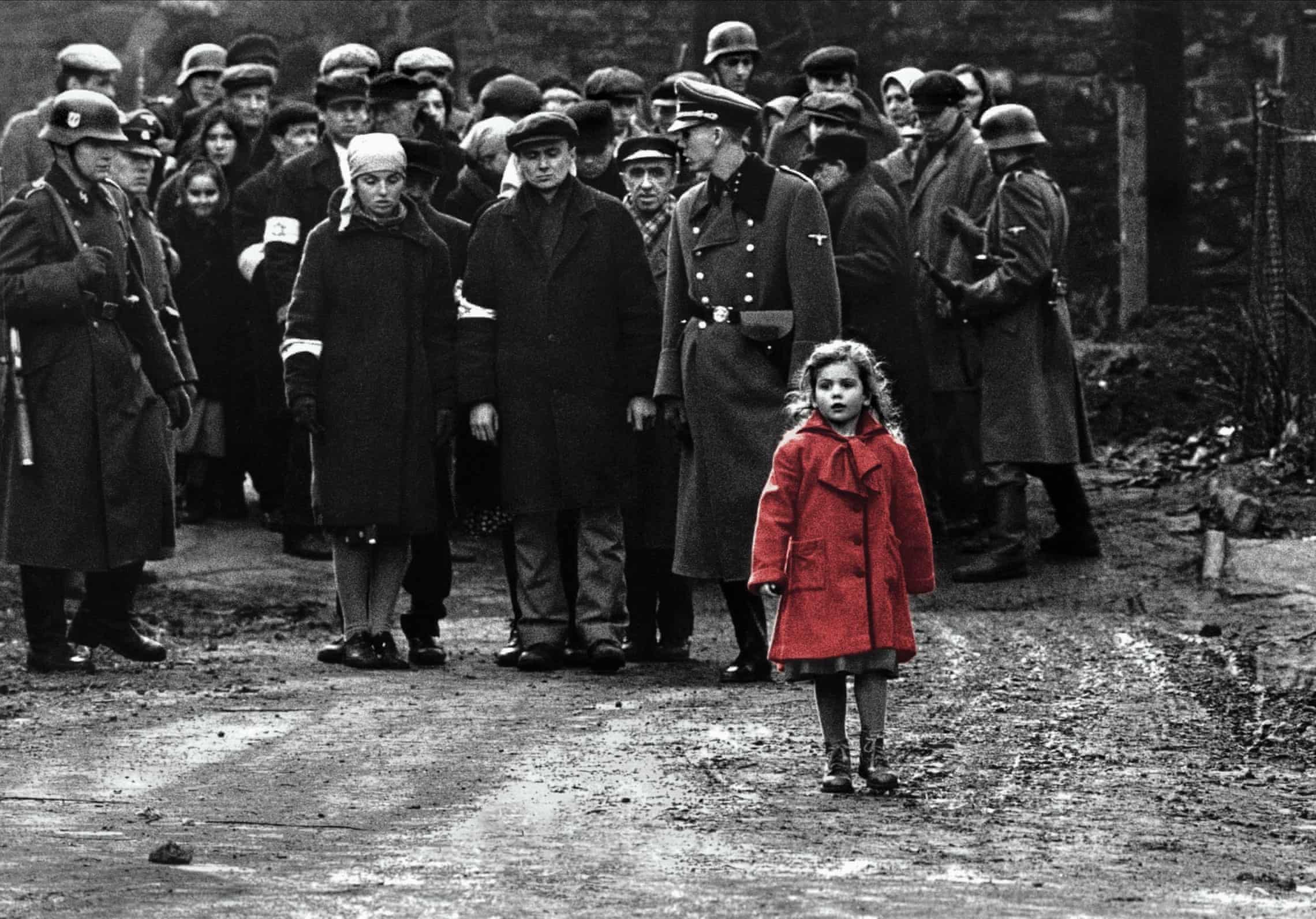 Schindler’s List was one of the most profound and moving movies about the Holocaust I have ever seen. The Guardian looks at Steven Spielberg’s efforts in 1993 to create this incredible film about a heroic man, Oskar Schindler, who saved thousands. Based on the true life story written by Australian author Thomas Keneally.
Schindler’s List was one of the most profound and moving movies about the Holocaust I have ever seen. The Guardian looks at Steven Spielberg’s efforts in 1993 to create this incredible film about a heroic man, Oskar Schindler, who saved thousands. Based on the true life story written by Australian author Thomas Keneally.
A big screen re-release leads to a re-examination of the 1993 Oscar-winner which had a profound effect on both critics and audiences
Twenty-five years ago, Steven Spielberg brought out two of his best movies, in just a matter of months. The films were poles apart in style and subject matter, and the process of completing one while shooting the other left the director exhausted and emotionally ragged. In spring 1993, Spielberg was in Poland, recreating the terror of the Kraków ghetto and the Kraków-Płaszów concentration camp for Schindler’s List by day, and each night he was calling Industrial Light & Magic in California to oversee the special effects for the dinosaurs in Jurassic Park. Spielberg’s friend Robin Williams would call him up once a week to tell him jokes for 15 minutes at a time and release the tension.
Spielberg pulled off a similar double recently when he shot the political drama The Post in the midst of post-production for his blockbuster spectacle Ready Player One. With Schindler’s List in 1993, Spielberg couldn’t bear the thought of delaying the production of his Holocaust passion project for another year. With The Post, he felt that the story’s resonances with the current political climate were too urgent to wait. Likewise, the trailer for the 25th anniversary rerelease of Schindler’s List rings with the words “Now more than ever”.
By 1993, Schindler’s List had been on Spielberg’s desk for a decade. He was first given a copy of Thomas Keneally’s book after completing ET the Extra-Terrestrial in 1982. Keneally’s book is a novelized version of a true story: how a German industrialist and Nazi named Oskar Schindler managed to save 1,200 Jews from transportation to concentration camps. It’s a gruelling tale, and Schindler is not a conventional hero. He sets out as a profiteer, buying a former Jewish business in the Kraków ghetto, and exploiting Jewish labour to make enamelware to sell to the German army. As the war continues, Schindler can no longer stomach the regime and is moved to save a group of Polish Jews from the gas chambers. It’s a brave and righteous act, but one that pales in comparison to the scope of the Nazi atrocity. Nevertheless, a title card at the end of Spielberg’s adaptation informs that in 1993, as a result of the Shoah, there were only 4,000 Jews living in Poland, but around the world, there were more than 6,000 descendants of the Jews saved by Schindler. As is also shown in the film, the men and women that Schindler protected present him with a ring inscribed with words from the Talmud: “Whoever saves one life, saves the world entire.”
Read Full Article
